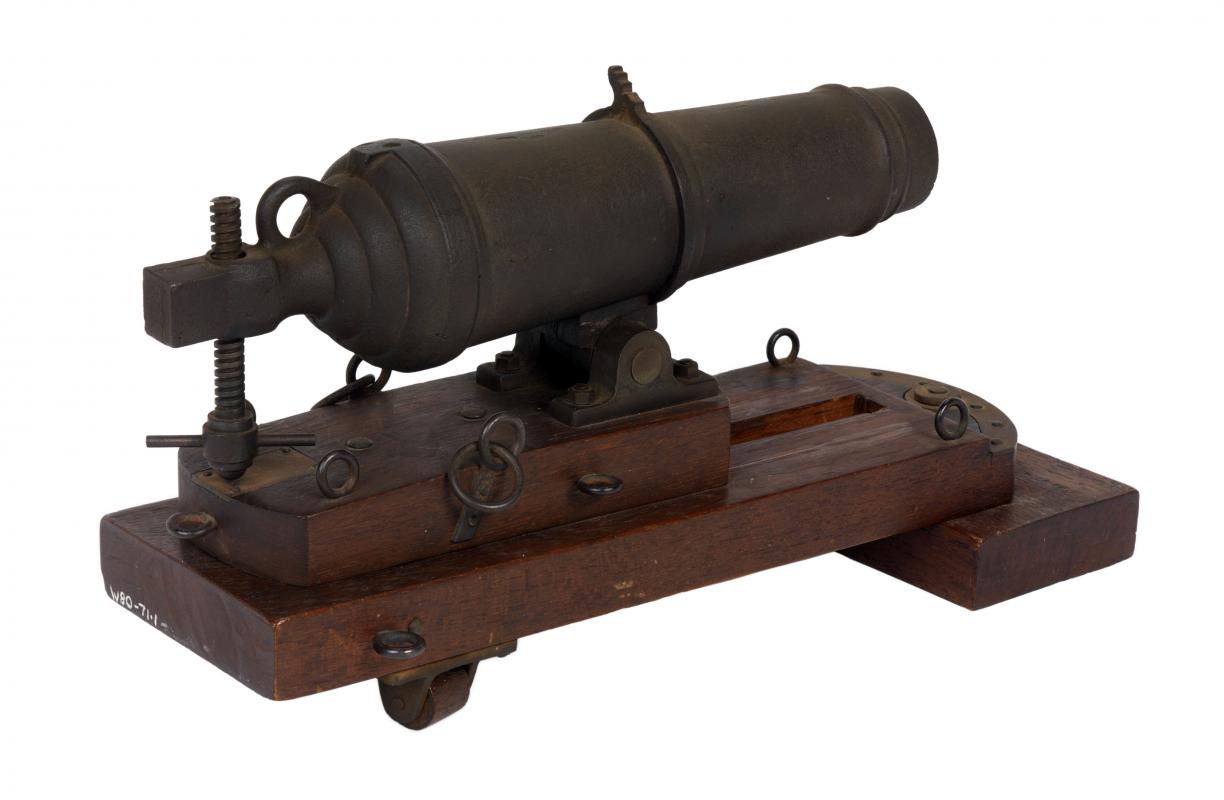
The carronade was introduced by the Carron company in the 1770's CE.
It had significant advantages over long guns: less weight, some 1/4 - 1/3 of that of a long gun; less recoil; higher rate of fire; smaller gun crew; lower cost.
Its light weight allowed it to be mounted on the upper deck, without destabilizing the ship.
All these factors made it popular on merchant ships.
The British Royal Navy was initially suspicious of the Carron company, which had a dubious reputation.
But the company improved its manufactoring process and eliminated the production faults.
After the carronades had proven themselves, the navy adopted them too, though in a different way.
Warships used the weight advantage to mount more and/or larger caliber guns, up to 68 pounds.
Other navies were much slower in adopting carronades.
The size of the cannonballs imposed limits on the guns, as crews struggled to handle the largest caliber ammunition by sheer muscle power.
But the main disadvantage of the carronade was its short range, around 1/3 - 1/2 of that of a long gun.
Ships with long guns could often keep their distance and outshoot carronades.
This did not matter much in battles between heavy ships-of-the-line,
which usually engaged at short range, but made a difference in battles of maneuver.
Eventually most ships adopted a mix of long guns and carronades.
In the 19th century CE the distinction between carronade and long gun started to blur.
Navies started to equip their warships with a single caliber ammunition that was used in guns of various lengths.
The longest guns were on the lowest deck, medium length on the middle deck(s) and shortest on the upper decks.
During the 1850's CE traditional long guns, carronades and hybrids were made obsolete by the Armstrong gun.
War Matrix - Carronade
First Industrial Revolution 1750 CE - 1830 CE, Weapons and technology


